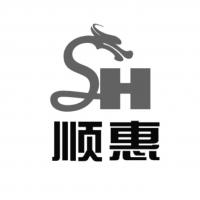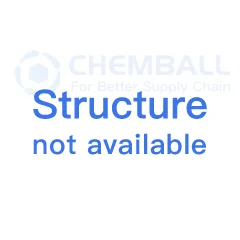Chemical name: Glyoxal
Product name: Glyoxal; Qxalie aldehyde
Structural formula:

Molecular formula: C2H2O2
Molecular weight: 58.04
Physiochemical properties: Colorless transparent liquid or liquid with low chroma, density:1.265-1.270,can be dissolved with water, slightly soluble in ethanol, aether, slightly soluble in esters,aromatic solvents. Active chemical properties.
Quality standard(enterprise standard)
Index name | Unit | Normal-grade product | Top-grade product |
Chroma Pt-Coshade unit≤ | Color No. | 20# | 10# |
Glyoxal ≥ | % | 40±0.5 | 40±0.5 |
Acid content(based on formic acid)≤ | % | 0.15 | 0.1 |
Formaldehyde content≤ | % | 0.2 | 0.05 |
Glycol ≤ | % | 1.5 | 1 |
Use: Glyoxal is a kind of fine chemical product with a wide range of application. It is mainly used in chemical, medicine, paper making, flavor, coating, adhesive and daily-use chemical etc.. It can be directly synthesized into imidazole, 2-methylimidazole, glyoxalic acid, textile finishing agent,iron free resin and paper making auxiliaries etc..
Storage and transportation:Stored in cool, dry and draughty place. Stored as common chemicals.
Colorless or yellow crystals or liquids with deliquescent properties. Soluble in ethanol and ether, soluble in water. It is chemically active and can undergo addition or condensation reactions with ammonia, amides, aldehydes, and carboxyl-containing compounds. Glyoxal is mainly used in the textile industry. As a fiber treatment agent, it can increase the shrinkage and wrinkle resistance of cotton, nylon and other fibers. It is a durable pressing finishing agent. In Japan, this use accounts for 80% of the total consumption of glyoxal. Glyoxal is an insoluble binder such as gelatin, animal glue, cheese, polyvinyl alcohol and starch. Glyoxal is also used in the leather industry and for making waterproof matches. Glyoxal is a raw material for organic synthesis. 2D-resin is obtained by heating and condensing acetaldehyde, urea and formaldehyde in the presence of sodium carbonate, which is used as fabric finishing agent; glyoxal reacts with formaldehyde and ammonium sulfate to synthesize imidazole, and then synthesize imidazole antifungal drug clotrimazole, Miconazole, etc.; Glyoxal and o-phenylenediamine cyclization to obtain benzopyrazine: it is an intermediate of the anti-tuberculosis drug pyrazinamide. Hydroxyphenyl acetic acid produced from glyoxal has been industrially produced in Japan and used as an intermediate for antibiotics and vitamin A series products. Glyoxal is also used in the synthesis of berberine hydrochloride and the sulfa drug sulfamethoxazine. It is also used in insecticides, deodorants, corpse preservatives, and sand curing agents.












